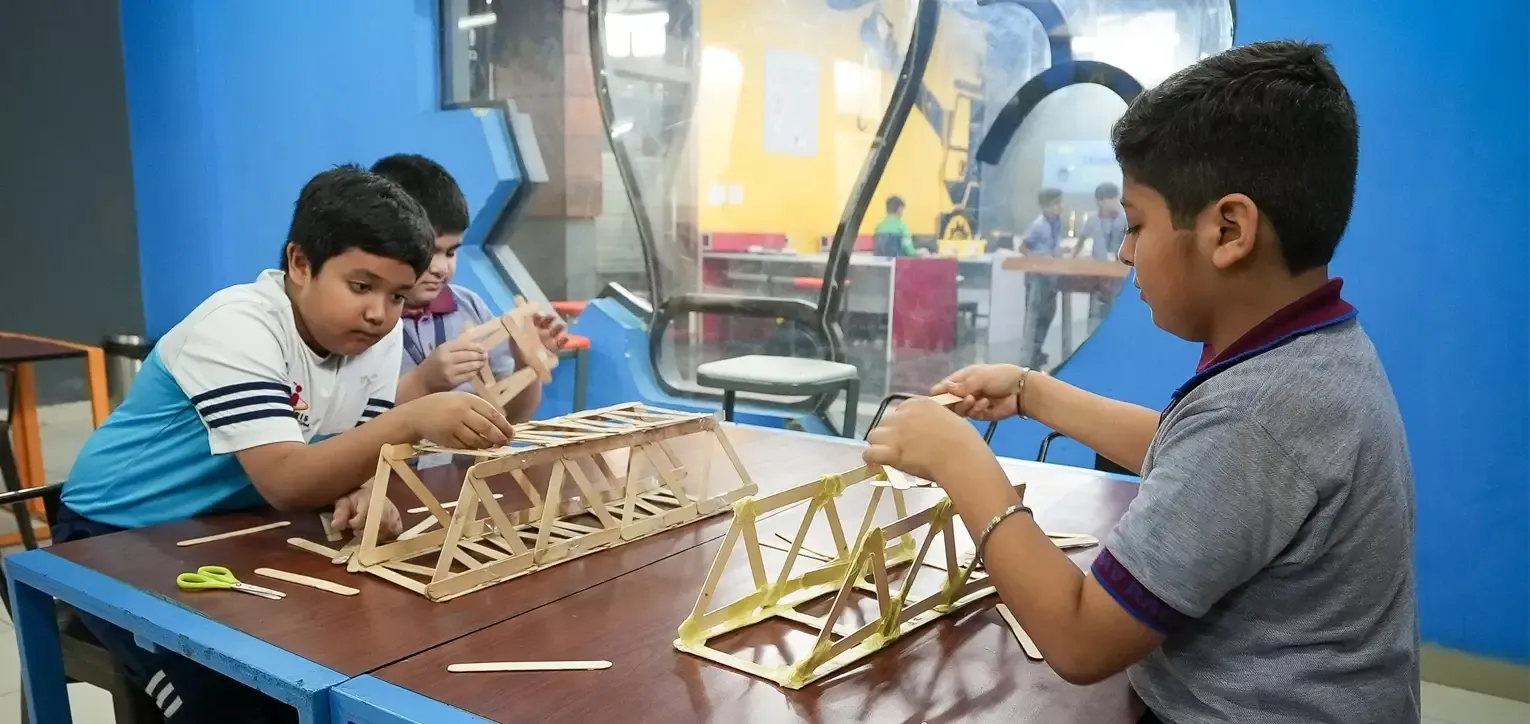What’s an ideal school? A place where students can thrive, teachers receive the support they need, and parents are included in their overall child’s education. While it sounds nice, how would we get there? One simple yet very powerful solution is the Parents Teachers Association, otherwise known as the PTA. Whether you are a parent, teacher, or student, it has the potential to make a very real difference that could last and benefit all within the school community. But what does a PTA actually do, and why is it so important? Let’s explore just how PTAs are essential to making the school experience for all participants. The Parents-Teachers Association is a collaborative association composed of parents and teachers; in some incidents, the students also participate in the association. The main purpose of this body is to establish a bridge between parents and schools, allowing communication and cooperation. It works by ensuring that the scholastic and extra-curricular systems are at work, hence making it easy for the students through the collaboration of the PTA. Quite different from parent-teacher meetings, which are one-time affairs, PTAs presuppose frequent interaction and a commitment to the school’s well-being on a continuing basis. It is where voices can be heard, ideas can interflow, and problems can be solved together. Schools are like a community that thrives when everyone pitches in.PTAs offer a channel through which cooperation takes place, enabling parents and teachers to go the same way. Think of it this way: while the teacher is in the classroom educating and guiding students for hours, more often than not, a child’s parents know them best. These two, put together, create a balanced, informative approach to any one child’s development. So, what does a PTA do? Some of the essential things it does are listed below. PTAs create a link between parents and schools. They provide a channel for parents to air their grievances and for schools to disseminate information about changes in curriculum, upcoming events, or problems dealing with student behaviour. Whatever it may be, PTAs make sure everyone is on the same page. From organising school fairs to planning sports days, many PTAs take on numerous initiatives that make life at school entertaining and interactive. Such activities ensure student participation and even learning outside the classroom. The PTAs bring in significant funds for many schools to build libraries, purchase sports equipment, and improve the classrooms. Bake sales, running charities, and even various cultural events are a few of the ways PTAs help enhance a school’s resources. PTAs are viable collaborators for teachers in matters concerning bullying, poor mental health, and academic pressure. Such awareness and support will ensure they feel cared for and in a safe environment. One of the biggest problems most schools face is parental involvement. PTAs ask parents to be more involved in their children’s education either by volunteer work, attending meetings, or simply keeping oneself current. A well-functioning PTA supports everyone in the school community. Here’s how: PTAs are not just about meetings and fundraisers; the concept behind their structure helps knit a sense of community. PTAs bring parents, teachers, and students alike together in a way that makes everyone feel important. PTAs ensure that in each different school setting, all parents, regardless of origin, are made to feel welcome and included. This inclusiveness helps knit a strong relationship between families and IB schools. They develop mutual respect and understanding when parents and teachers interact regularly. Ultimately, students benefit from this relationship as they witness their role models working together in harmony. Through community projects and awareness, PTAs teach students to give back. Whether it is a recycling drive or a charity event, it, at an early age, instils a sense of responsibility. Like any organisation, PTAs face an equal share of problems. Common ones include: These can be overcome with good leadership, clear communication, and a shared commitment to the success of the school. The Parents Teachers Association is not only an organization of parents and teachers but an amalgamation that acts as a backbone in any successful school environment through cooperating in the construction of a platform for advancement where students succeed, parents participate, and teachers can carry on their tasks of teaching with ease. So, for those of you who have ever wondered how you could make a difference in your child’s education, joining the PTA might just be the answer. After all, education is a shared responsibility, and when we all act together, the results are nothing short of extraordinary.Role of Parents Teachers Associations in Schools

What Is a PTA?
Why Do Schools Need a PTA?
Key Roles of a PTA
Improving Communication
Extracurricular Activities’ Support
Raising Funds
Student Welfare Promotion
Encouraging Parent Participation
Benefits of a PTA
For Students
For Parents
For Teachers
How PTAs Build Stronger Communities
Fostering Inclusivity
Increasing Parent-Teacher Relationships
Encourage Social Responsibilities
Challenges Faced by PTAs
Conclusion



